In Baltimore, Khari Parker, co-founder of restaurant chain Connie's Chicken and Waffles, is saving hours every day thanks to tools like ChatGPT and Claude.
He uses AI to design menus, write recruitment materials, forecast inventory, and even act as a “referee” when there are internal disagreements. But when asked if AI will replace humans, Parker asserted: “I absolutely do not think AI will replace employees.”
Parker’s story reflects a profound paradox reshaping the global labor market: While small businesses see AI as a boon, large corporations see it as a catalyst for massive workforce restructuring.
Wave of optimism from the "little people"
A recent Goldman Sachs survey of nearly 1,400 small business owners in the US paints a positive picture. 78% are confident about their business prospects, and remarkably, 81% believe AI will increase employee productivity rather than take away their jobs.
For small and medium-sized enterprises (SMEs), AI is becoming a democratizing tool that helps them level the playing field with larger competitors. Instead of investing millions of dollars in complex systems, they can use off-the-shelf AI applications at low cost to automate repetitive tasks, from marketing, customer service to administrative management. This allows their lean workforce to focus on tasks that require more creativity and strategic thinking.
For small operations, it is neither practical nor desirable to completely replace an employee with AI. Instead, AI becomes a “virtual employee” that assists, helping each individual work more efficiently, thereby promoting overall growth for the entire company.
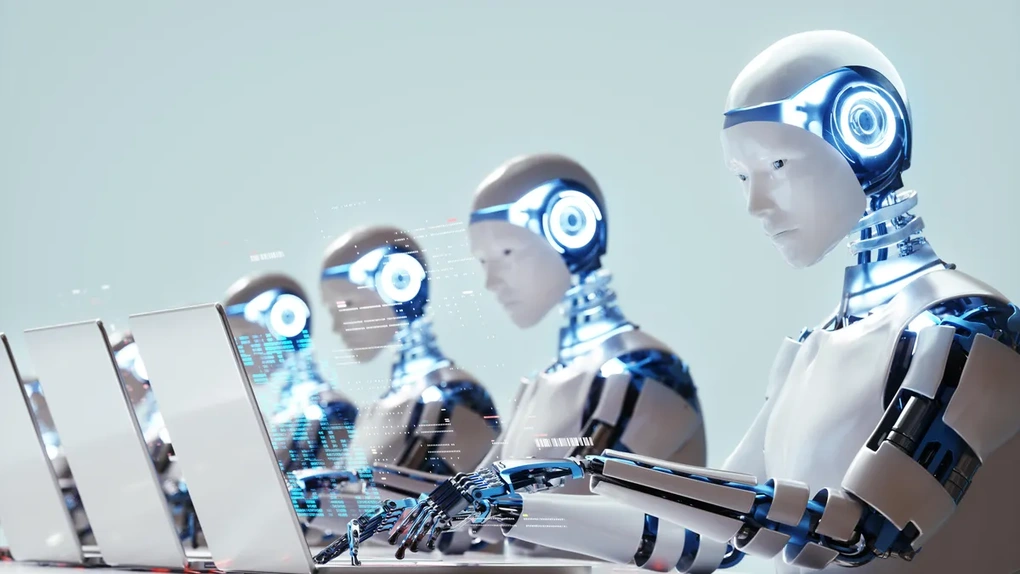
AI is quietly becoming a diligent "colleague" for millions of small businesses, helping them work smarter, faster and compete more fairly (Photo: CNET).
Contrasting picture from the "giants"
In contrast to the optimistic atmosphere in the SME sector, a "storm" of layoffs is sweeping large corporations around the world. This wave is not limited to the technology sector but has spread to traditional industries.
Amazon announced it would cut about 14,000 office workers, citing the need to streamline its organization to prepare for the widespread application of AI.
Microsoft has laid off thousands of employees, including positions at Xbox and LinkedIn, as part of a restructuring strategy to focus resources on AI.
UPS, the shipping giant, is cutting up to 48,000 jobs this year, a much higher number than originally planned.
Even consumer goods companies like Nestlé and Procter & Gamble (P&G) are making major cuts, citing rising operating costs and the need to restructure to become more efficient.
Explaining the paradox: The war of capital and operational thinking
So why is there such a big difference? The answer lies in two core factors: the war for capital and operating mindset.
According to professor Jason Schloetzer from Georgetown University, the problem is not that AI directly takes away jobs, but that "the thirst for capital for AI is causing jobs to be cut".
Large corporations are in a fierce two-horse race to build and dominate foundational AI technology, a race that requires huge investments in infrastructure, data centers, and attracting top AI talent.
To free up capital for this costly battle, they are forced to cut costs in other departments, and office staff are often the first to be affected. Layoffs become a strategic move to reallocate resources, please Wall Street investors and demonstrate commitment to the future of technology.
Small businesses, meanwhile, aren’t in the AI race. They’re the users of the technology. For as little as a few dozen dollars a month on AI services, they can immediately reap productivity benefits without restructuring their organization. Their goal is sustainable, efficient growth, not dominating a technological revolution.
Goldman Sachs economists are right to warn that AI will cause job market disruption. But the storm is hitting unevenly.
The story of AI and jobs is no longer as simple as “machines replacing humans” as it once was, but a complex story of capital, strategy and scale. Today, the future of a person’s job seems to depend less on the capabilities of AI and more on the size and ambition of the company paying them.
How to apply science and technology to implement ESG for different types of businesses, including small and medium enterprises (SMEs), is also part of the content shared at the workshop "Implementing ESG with science and technology - From data to action" organized by Dan Tri newspaper at 1:30 p.m. on November 26, in Hanoi .
This workshop is a satellite activity within the framework of the Vietnam ESG Forum 2025 with the theme "Science and technology and driving force for sustainable development".
Interested readers can register to attend the conference here.
Source: https://dantri.com.vn/kinh-doanh/ai-lam-kho-cac-ga-khong-lo-nhung-lai-giup-doanh-nghiep-nho-thang-hoa-20251029110555156.htm


![[Photo] Exciting contest of skillful red fruit picking and creativity from Son La coffee beans](https://vphoto.vietnam.vn/thumb/1200x675/vietnam/resource/IMAGE/2025/11/15/1763201832979_ndo_bl_3-jpg.webp)
![[Photo] General Secretary To Lam receives Governor of Kanagawa Province (Japan) Kuroiwa Yuji](https://vphoto.vietnam.vn/thumb/1200x675/vietnam/resource/IMAGE/2025/11/15/1763204231089_a1-bnd-7718-5559-jpg.webp)


![[Photo] Panorama of the 2025 Community Action Awards Final Round](https://vphoto.vietnam.vn/thumb/1200x675/vietnam/resource/IMAGE/2025/11/15/1763206932975_chi-7868-jpg.webp)










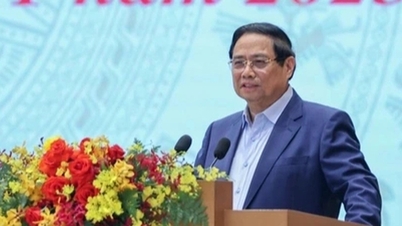












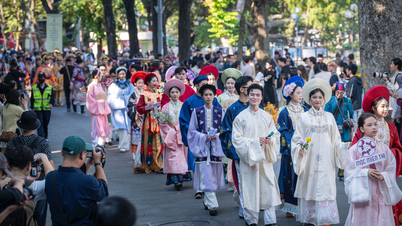















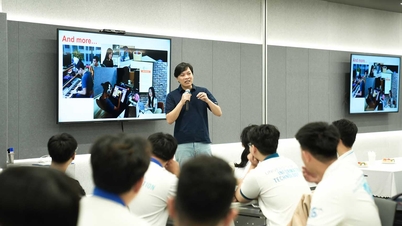
























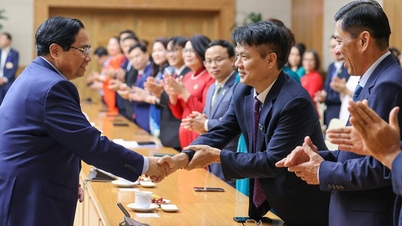






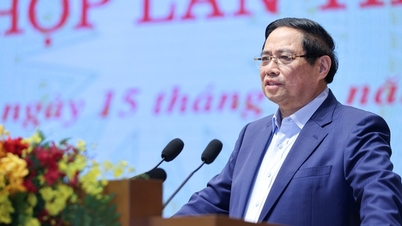



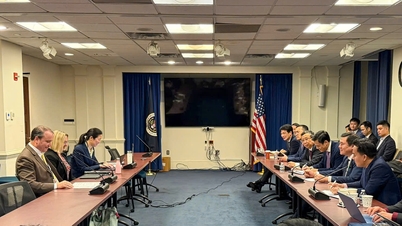
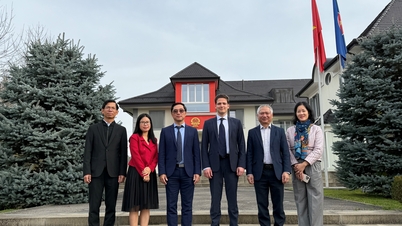





















Comment (0)